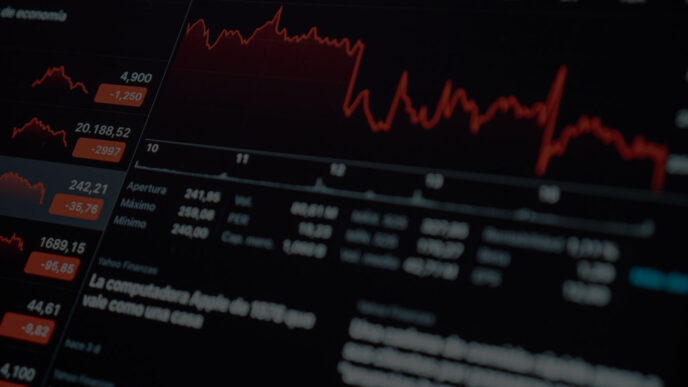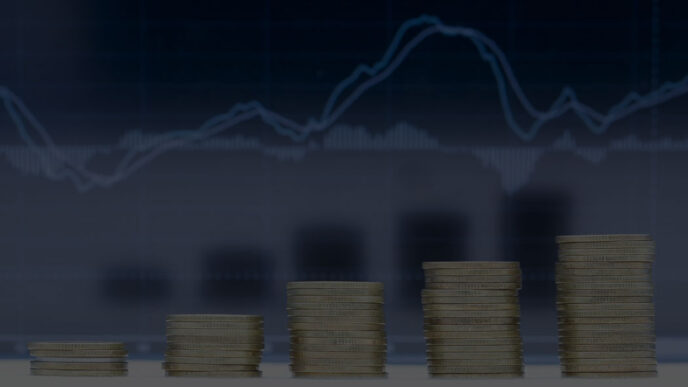Inflation is often discussed in the news, but many people don’t fully understand how it impacts their everyday life. Inflation refers to the general increase in prices over time, meaning that the purchasing power of money decreases. This results in higher costs for the same goods and services, affecting everything from groceries to gasoline. This article explores the causes of inflation, its effects on personal finance, and how you can protect your spending power.
What is Inflation?
Inflation is the rate at which the general level of prices for goods and services rises, leading to a decrease in the purchasing power of money. For example, if the inflation rate is 5%, something that costs $100 today will cost $105 next year, assuming all other factors remain the same.
There are several types of inflation:
- Demand-Pull Inflation: This occurs when the demand for goods and services exceeds their supply, driving prices up.
- Cost-Push Inflation: When the cost of producing goods rises (e.g., due to higher wages or raw material costs), businesses often pass these costs onto consumers in the form of higher prices.
- Built-In Inflation: This type of inflation is linked to expectations. If people expect prices to rise, they might demand higher wages, which can lead to further inflation.
Understanding the type of inflation affecting the economy can help consumers predict future price trends and adjust their spending accordingly.
How Inflation Affects Your Everyday Expenses
- Groceries and Food Prices
Inflation can significantly increase food costs. As the cost of raw materials and transportation rises, supermarkets pass those costs onto consumers. For example, during periods of high inflation, staples like bread, meat, and vegetables may see noticeable price hikes. A grocery bill that was once $100 may now easily exceed $120 due to inflationary pressures. - Housing and Rent
Rent and home prices are also subject to inflation. During inflationary periods, housing prices tend to rise, making home ownership more expensive. Additionally, rental prices can increase as landlords adjust to higher costs of living. Inflation can also lead to higher mortgage interest rates, making buying a home even more challenging. - Gas and Transportation
Inflation often results in higher fuel prices, which has a ripple effect on other areas of the economy. The cost of commuting to work or taking public transportation may rise, affecting your monthly budget. If you own a vehicle, you’ll likely notice higher prices at the pump, impacting your overall transportation costs. - Utilities and Energy Costs
Inflation can increase the price of electricity, water, and heating costs. Energy is a crucial input for nearly every industry, and when energy costs rise, it directly impacts the cost of living. You might see higher utility bills, especially during peak seasons like winter or summer. - Healthcare and Insurance
Medical costs are not immune to inflation. Whether it’s healthcare services, medications, or insurance premiums, inflation drives up the costs. This can lead to higher out-of-pocket expenses for both medical treatments and health insurance plans.
The Psychological Impact of Inflation
Beyond its direct financial impact, inflation also has psychological effects on consumers. As prices rise, people may begin to feel uncertain about their financial future. This can lead to changes in behavior, such as cutting back on non-essential purchases or prioritizing savings over spending. The fear of future price hikes can also drive individuals to buy more today, contributing to demand-pull inflation.
Inflation Expectations: When consumers expect inflation to continue rising, they may accelerate their spending in an attempt to lock in current prices. This creates a self-reinforcing cycle that can push inflation even higher.
Strategies to Protect Yourself from Inflation
- Investing in Inflation-Protected Securities
Inflation-protected securities, such as Treasury Inflation-Protected Securities (TIPS) in the U.S., adjust with inflation, helping to preserve your purchasing power. These are low-risk investments designed to keep pace with rising prices. - Diversifying Investments
Diversification is key to protecting your portfolio against inflation. Stocks, real estate, and commodities such as gold tend to perform well during inflationary periods, offering a hedge against rising prices. - Budget Adjustments
Reassessing your budget and cutting unnecessary expenses can help mitigate the impact of inflation on your household. You might need to allocate more to essential areas like groceries, utilities, and gas while reducing discretionary spending. - Locking in Long-Term Contracts
For those who rent or have ongoing service agreements, locking in long-term contracts at current rates can help you avoid the immediate impact of inflationary price increases. - Building an Emergency Fund
An emergency fund provides a financial buffer during periods of rising costs. Inflation can erode savings over time, but having an emergency fund ensures that you are prepared for unexpected expenses that may arise as prices increase.
Inflation and Your Long-Term Financial Goals
Inflation can significantly affect long-term financial planning, particularly for retirement. Since inflation erodes the value of money over time, failing to account for it in your retirement savings plan can result in a lower standard of living in your later years.
Inflation and Retirement: For example, if you plan to retire in 20 years and inflation averages 3% annually, the cost of living will be roughly double what it is today. This makes it essential to factor in inflation when calculating how much to save for retirement.
Inflation touches every aspect of our daily lives, from the cost of groceries to housing and transportation. While inflation can feel out of your control, understanding how it works and preparing for its effects can help you make informed financial decisions. By adjusting your budget, diversifying investments, and staying aware of economic trends, you can safeguard your financial well-being in an inflationary environment.













